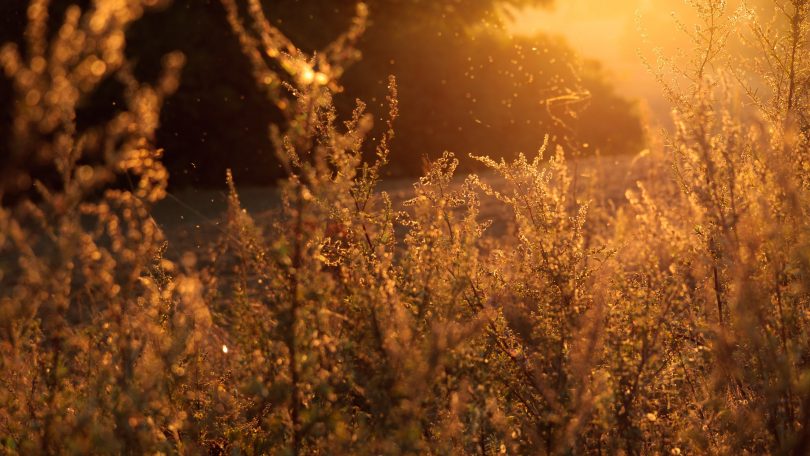From honey to Vaseline, here’s how to reduce the misery of hay fever over the coming months.
Hay fever is horrible, especially for kids. They just want to be able to run around and play in the sun, but instead they have to combat a runny nose and itchy eyes.
With that in mind, Dr Preethi Daniel of London Doctors Clinic gives us eight tips for helping your children conquer the hay fever season.
Spring clean your home
If your child is experiencing symptoms while at home, the problem might be in microscopic mites that live in house dust or dust that enters your home via open windows. Furthermore, you can carry pollen indoors on your clothes, hair, and body when you come back home from a day outside.
An easy way to deal with it is to wipe surfaces down with a wet cloth, vacuum and wash clothes as often as possible. Free your home from years of hoarding. And remember: less junk equals less dust.
Keep pollen out of your home
In order to prevent your child experiencing the symptoms of hay fever at home, it is important to prevent pollen entering your home where possible. One way to do this is to keep doors and windows closed early to mid-morning and then late evening.
Block the pollen
Another way to help prevent the symptoms of hay fever is to create barriers to the pollen. Vaseline can help reduce the symptoms of hay fever. Try smearing a thin layer of it just inside you child’s nostrils as it will help to catch most of the incoming pollen. To stop the pollen getting into their eyes pop a pair of tight fitting sunglasses on them before they get outside.
Buy antihistamines
Seek help from your doctor for suitable nasal steroid drops, anti-histamines and eye drops. Applying eye drops frequently will help to keep your kids free of symptoms. Antihistamines will eliminate the major symptoms, such as a runny nose, itching and sneezing.
Some need to be taken several times a day either as preventatives, before the peak pollen count, or during the season as soon as you start to develop symptoms. While others are in a syrup form to make them easier for children to take. However, not all are suitable for young children, particularly babies. So it’s important to check with your GP to see what the best options for your child are.
Add lots of immune-system boosting foods to their diet
Include Omega fatty acids found in oily fish, flax seeds, avocado and nuts, daily to boost their immune system. They have an anti-inflammatory advantage. Vitamin D is responsible for a healthy immune system and this can be found in small quantities in some vegetables, eggs and soya milk. Add more carotenoids to their diet since they act as antioxidants. Those can be found in carrots, apricots, pumpkins and spinach.
Make sure they drink lots of water
It is important to stay hydrated. The dehydrated body will have a bad effect on the skin, intestines, joints, thereby depriving them of the ability to function normally, and this will only aggravate the situation.
Washing hair and clothes as soon as possible
As pollen can stick to your child’s hair and clothes when they are outside, the pollen and allergens may enter your home, leading to discomfort in the home. A way to combat this is to ensure that they change their clothes and get them to have a bath when they come back inside. Similarly, it is beneficial to dry their clothes indoors after washing them to stop them becoming full of pollen again.
Honey
Yes, you have heard it right. Eating a spoonful of honey can reduce hay fever symptoms. The bee-pollen will make you less sensitive to other pollens. For the best result, it is recommended to use the local honey from your area. However, it is important to remember that children under the age of one cannot consume honey as it can have negative impacts on their digestive system.
Dr Preethi Daniel is Clinical Director at London Doctors Clinic








